
Atlas of Illustrated Feelings
Suitable for: Key stage 1, Key stage 2
Curriculum topics: Medicine through time, Mental Health
Suggested inquiry questions: How are you feeling today?
Potential activities: Create your own atlas of illustrated feelings using paper and pens or whatever art materials you would like. Practice automatic drawing to see how you feel and talk about your drawings with your family or friends.
Today’s episode is brought to you by Merlin, a medical illustrator, who has delved into the archive to bring you some unexpected documents. You can take part at any time you like, and don’t forget to check the equipment list before you start.
Materials list:
- Pencils or felt-tip pens or crayons
- Coloured ones too
- Paper
Follow these instructions for Merlin’s creative activity. Using the selection of Handouts available on the webpage, you will be able to make an Illustrated Body map. This will explore feelings in your body and what they look like as a picture.
Tasks
Automatic Drawing
2. Take a look at Handout 2 on Automatic Drawings. Using a pen/pencil and sheet of paper, let your hand over randomly across the page in any direction you want. You aren’t trying to draw anything specific, just making free form ‘marks’ (lines) on the paper. You can close your eyes if it’s easier for you, just take your pen for a walk! You can see Merlin’s example on Handout 3.
Characters
We are going to be mapping our thoughts and feelings on paper, creating an Atlas of Illustrated Feelings.
3. Take a look at Handouts 4 and 5. These are character figures that you can use to create your own atlas. Or, you can draw your own! Top tip, if you decide to draw your own, keep it simple with the drawing so that you can easily map feelings on it afterwards.
If you use Merlin’s, use Handout 5 as it is larger!
Mapping feelings
For this next part, find a selection of colour pencils/pens. Colours can mean different things to people, and can be used to express a variety of emotions. Colours also mean different things in different cultures too.
4. Think about how you’re feeling right now in your body. This is called a body scan. Close your eyes, and starting at your head, ‘scan’ down from top to bottom, noticing how different parts are feeling. Merlin thinks about her eyes feeling tired!
5. Start to make some automatic marks on Handout 5 or your own figure to represent your feelings. Merlin used an orange pen to mark strong lines by her eyes.
6. Repeat this for different areas of your body, using colours and shapes to express how you’re feeling.
Well done, you have now created a Felt Anatomy drawing, you can see Merlin’s example in Handout 6.
Share!
You can work with a partner, finding out about how each of you are feeling by talking about the marks and colours that you’ve both used.
You can also do a follow-up activity. Using a very big piece of paper, or many sheets taped together, draw around the outline of your body and create a life-size atlas of illustrated feelings!
Share your work with us as we’d love to see what you create!
timetravelclub@nationalarchives.gov.uk @UKNatArcEdu #timetravelclub
Background
The Chinese anatomical drawings are real documents in the collection. Anatomical means to do with parts of the human body. They date from 1857-1859, and come from our ADM collection – ADM 101/163.
ADM is the beginning of what we call a reference code (so that we can find the individual documents in the repository store rooms. ADM means ‘Admiralty’, so that’s to do with the Navy. 101 means it is to do with the medical department, which makes sense as these are types of medical drawings.
The drawings are part of a much larger file of documents to do with medicine in China and Japan. They were collected by a man called Charles Courtney, who was a naval surgeon. A Naval Surgeon was somebody who was in charge of keeping the sailors aboard the ship healthy and well. It is likely that he was aboard a Royal Navy ship in China during the Anglo-Chinese war which was taking place at this time. Charles may have found the detailed drawings useful in his job as a surgeon, as well as being interested in the human body.
Back to top
Suitable for: Key stage 1, Key stage 2
Curriculum topics: Medicine through time, Mental Health
Suggested inquiry questions: How are you feeling today?
Potential activities: Create your own atlas of illustrated feelings using paper and pens or whatever art materials you would like. Practice automatic drawing to see how you feel and talk about your drawings with your family or friends.
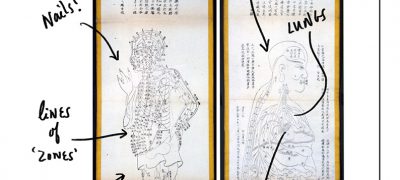
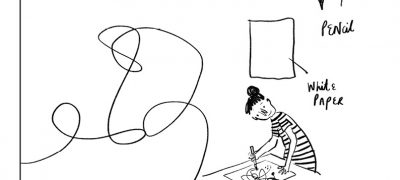
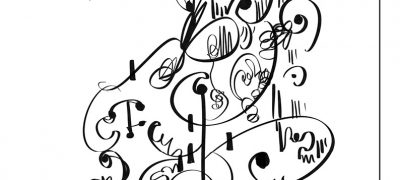
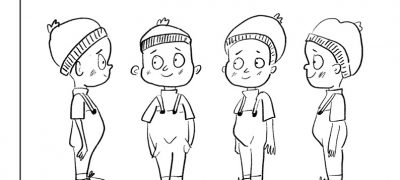
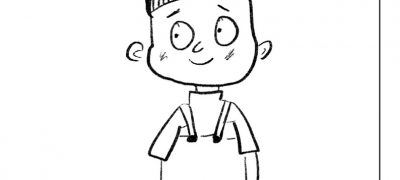
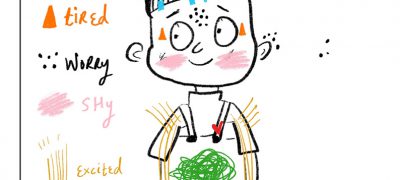
 The National Archives
The National Archives






